
At Gascoyne we aspire to lead by example on environmental respect and sustainability, boosting biodiversity and cutting waste and carbon
To be sure of making a positive environmental impact, Gascoyne has made 3 clear commitments:
Reduce carbon – Scope 1 and 2 net-zero by 2030 and Scope 3 net-zero by 2035
Enhance biodiversity – 20% overall increase in biodiversity by 2035 and 10% increase in biodiversity on farmed land by 2035
Eliminate waste – zero waste to landfill by 2030 and elimination of single use plastic by 2030
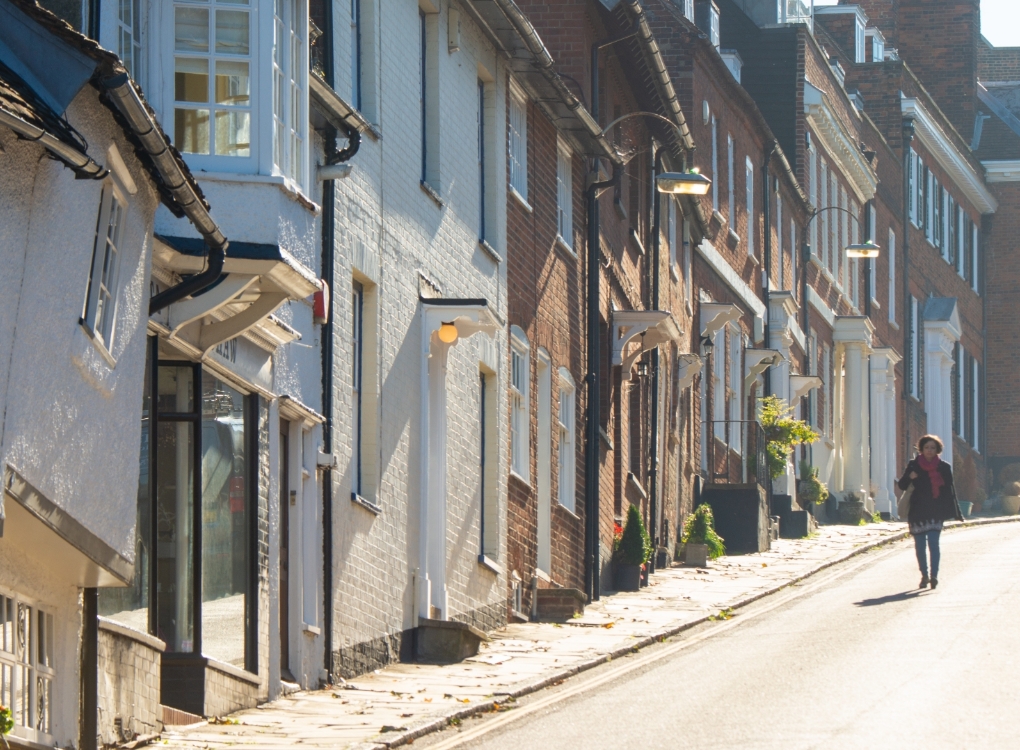
Through the practice of regenerative agriculture we protect and enhance our soils, storing carbon and building resilience. We are reducing our use of nitrogen fertiliser, pesticides and herbicides, and boosting bird and insect life across our farms. Our forests, managed under continuous cover forestry, are thriving habitats which produce high quality timber for long term uses such as construction and furniture. On top of all this, we restore areas for the benefit of nature, including the Cranborne Wild Heath restoration and the creation of a habitat bank at Hatfield.
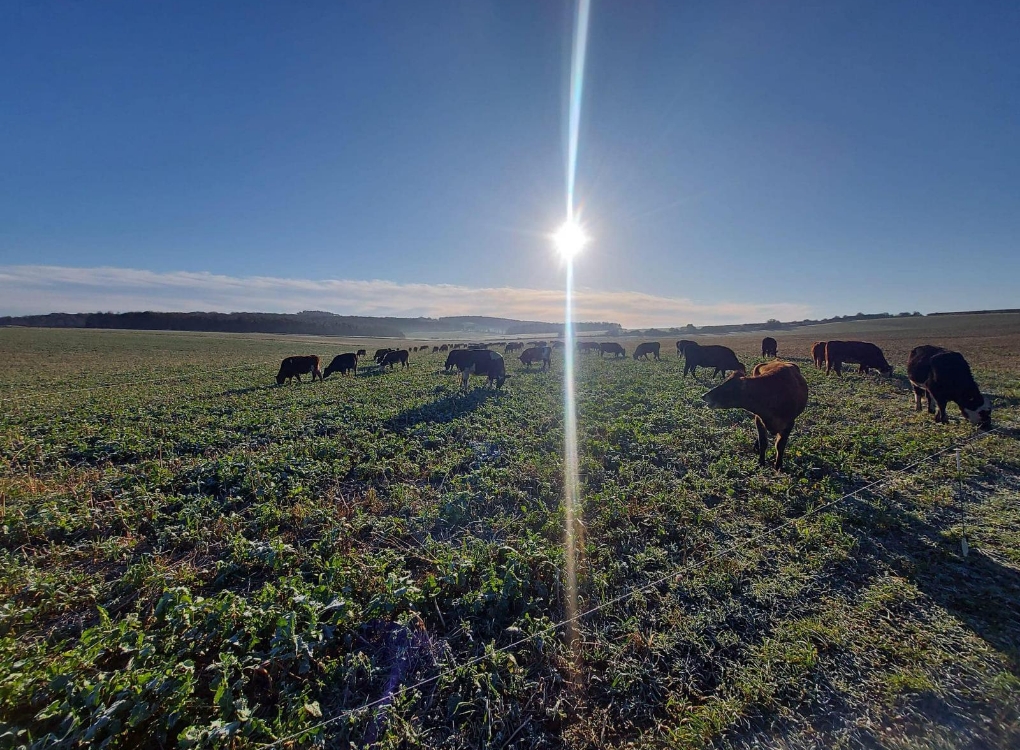
We care for areas of exceptional biodiversity across our Estates. However, biodiversity is in decline in the UK and the farmed landscape is central to its recovery. We are comprehensively baselining our natural capital and biodiversity in order to plan its improvement, separate from and alongside our agricultural activities.
At Hatfield and Cranborne we have planted thousands of trees, restored many miles of hedgerow and established wildlife corridors around field edges and watercourses. Our continuous and careful stewardship creates a rich and varied habitat and we work with independent specialists to monitor the resulting proliferation of birds, bats, mammals, invertebrate and fungi.
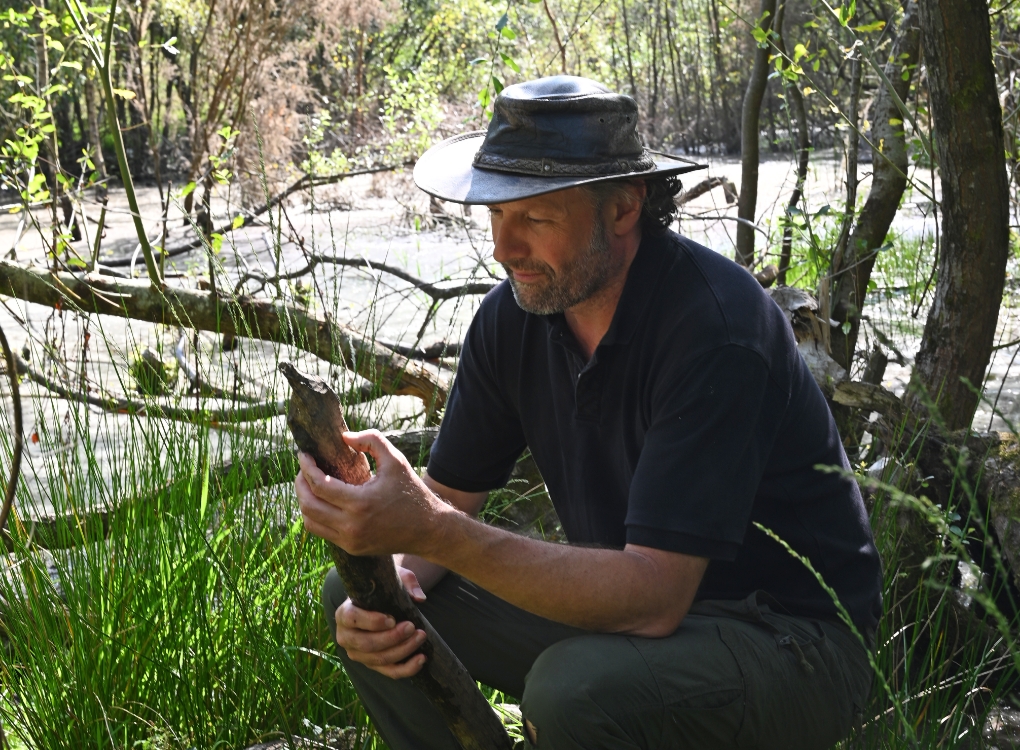
We’re determined to amend our practises to ensure that whether its our property, our farming, or our approach to land management that we not only improve what we experience today, but we are comfortable that we have done our very best to preserve the environment for future generations to come.
We have a retrofit programme across each Estate which will improve energy performance through a ‘fabric first’ approach, while delivering reductions in carbon emissions through the installation of heat pumps.
We have proven across our portfolio that historic buildings are no barrier to decarbonisation. With interventions such as secondary glazing, internal wall insulation and heat pumps, we have achieved substantial operational carbon reductions and improved the comfort of some of our most challenging buildings.
This demonstrates what is possible with historical buildings, which make up much of our portfolio.
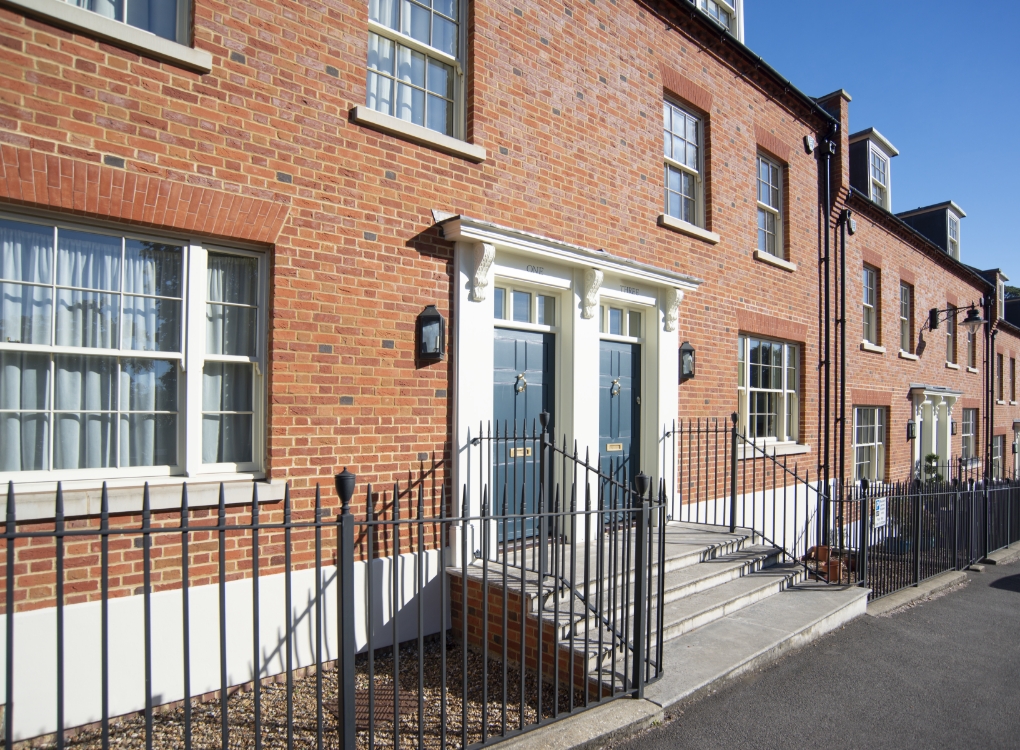
The principle of sustainable business has been practised for generations and our sense of responsibility to our communities is fundamental in the way in which the estates have been managed in the past and continue to be run today.
We believe that being a responsible business goes beyond the buildings and land we maintain, the funds we raise for charity or the restoration work we routinely undertake. We believe that long term prosperity can only be achieved by managing the estates in a way that delivers benefits for the environment, our occupiers, our employees and our communities.

We believe that local engagement is key to successful placemaking. Development will always be a contentious matter as change will give rise to fears for what the future might hold. Much of Gascoyne’s approach to development is driven by a similar range of concerns and a desire to provide an alternative approach to the challenges of growth.
Since 2006 Gascoyne have sponsored and hosted a number of events examining many of the issues which lie at the heart of growth and modern development. We believe that engaging with the local communities who might be affected by a development is a vital part of the planning process, enabling local communities to collaborate with designers on a vision for their future. Our preferred approach is through the charrette method – a well refined and interactive form of consultation where all interested parties are able to be involved and contribute to the conversation.
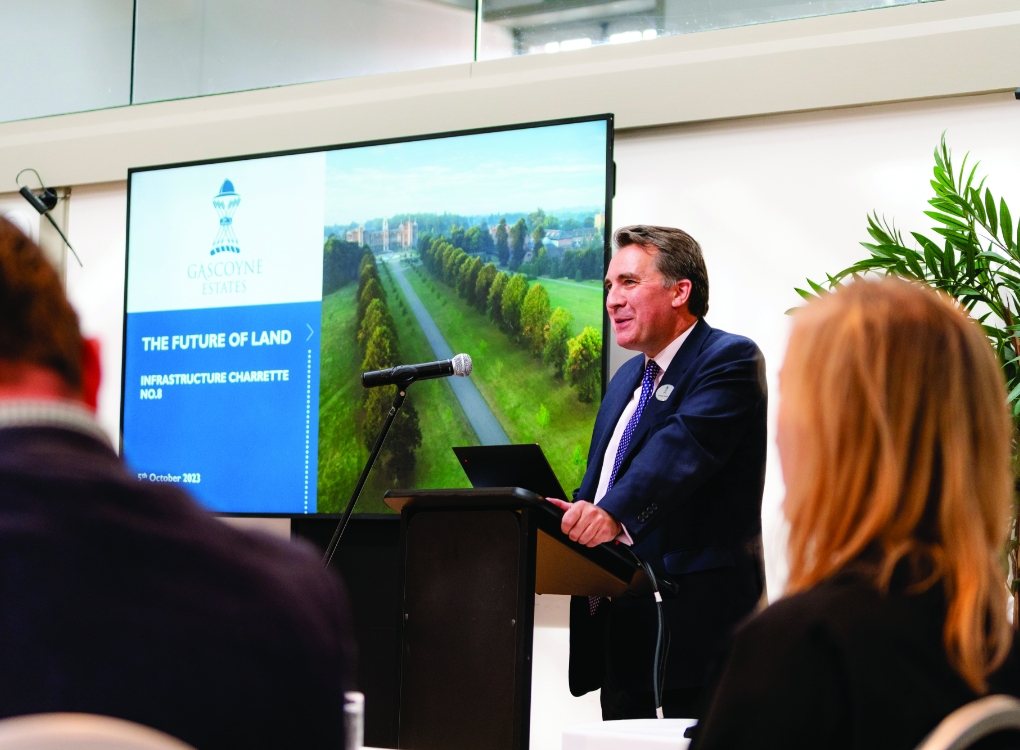
We will never simply sell a site to a housebuilder, but instead will work with our partners to see the process is delivered to completion in accordance with the vision.
We strongly believe that local people should have a say in how their towns and villages evolve. In collaboration with the University of Hertfordshire, we have sponsored a series of community-led design workshops in Hatfield, which considered how to accommodate the new homes that are needed to sustain our communities. Working with our neighbours we have established development principles and building codes, which are applied to our development plans through Gascoyne Places.
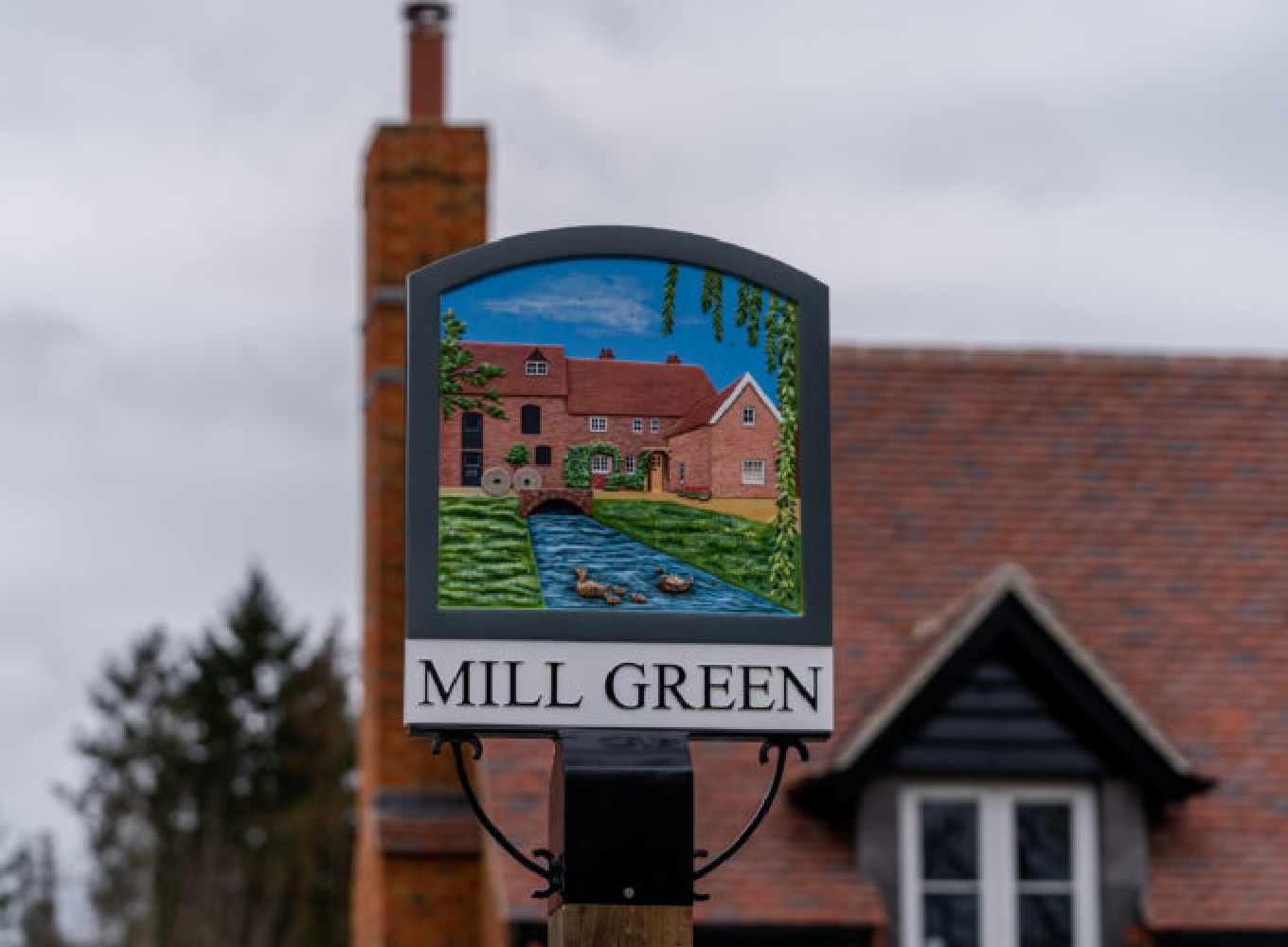
Gascoyne will build 4,000 homes and 500,000 square feet of employment space in the next 20 years. We have established a sustainable development brief which ensure these buildings are low-carbon in operation and design, reducing operational and embodied carbon in line with best practice. Brock House, an office redevelopment in central London achieved a BREAM excellent rating. Our future development sites at Creswick and Coopers Green in Hertfordshire will be fossil-fuel free and sustainable in the broadest sense, including community infrastructure and sustainable transport.
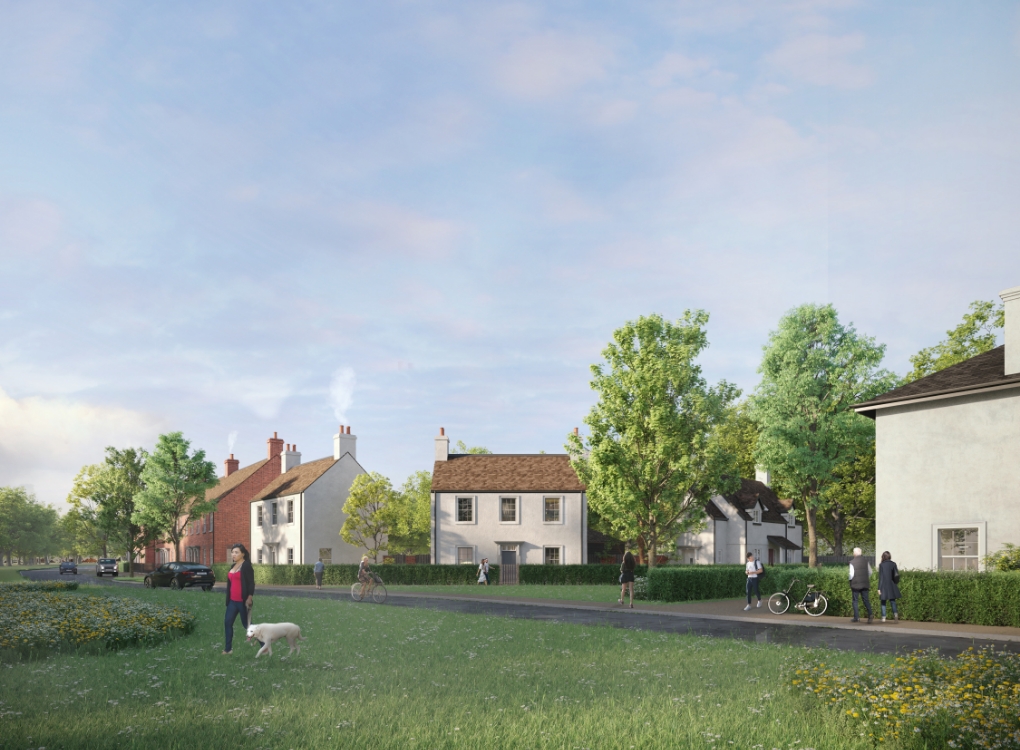
As a local landowner, it is Gascoyne’s ambition to deliver developments which are tailored to the specific locations and needs of the surrounding community, enhancing neighbourhoods and presenting both commercial and social value.
Our leisure operation at Hatfield Park is the lens through which much of the community engages with Gascoyne. We work with our suppliers and partners to reduce the impact of their events, including sustainable transport, waste management and fuel usage. We have introduced a carbon and biodiversity levy on all events and filming, which is used to fund projects across the estates. Our visitors are more engaged with our wider work, and as such are effective advocates for our way of doing business.
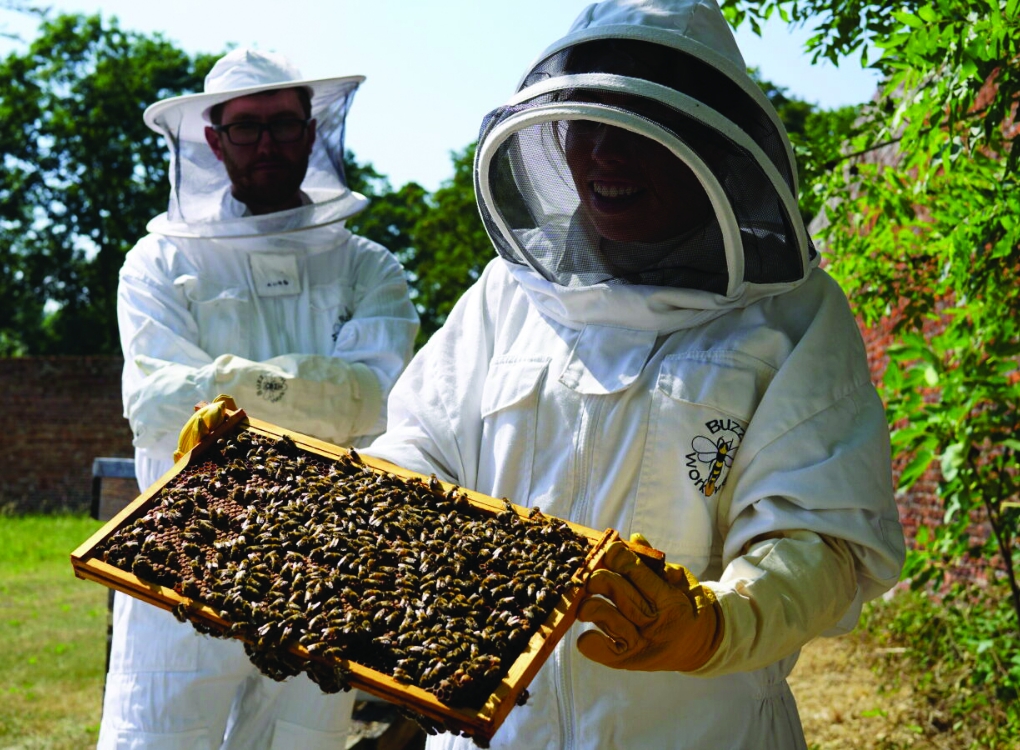
Gascoyne have a number of policies that we are committed to in order to continue our work around our environmental, social and corporate governance. We have committed to achieving a Net-Zero Pathway way by 2035 and are working with specialist consultants to achieve this.
Our work in this area is highly impacted by the contractors and partners who we work with, therefore we are developing our Supply Chain Charter detailing our own responsibilities and our partners.
Our goal Positive Environmental Impact is embedded within the culture of Gascoyne with every team member understanding the importance of the goal and playing their part in integrating this into their every day work.
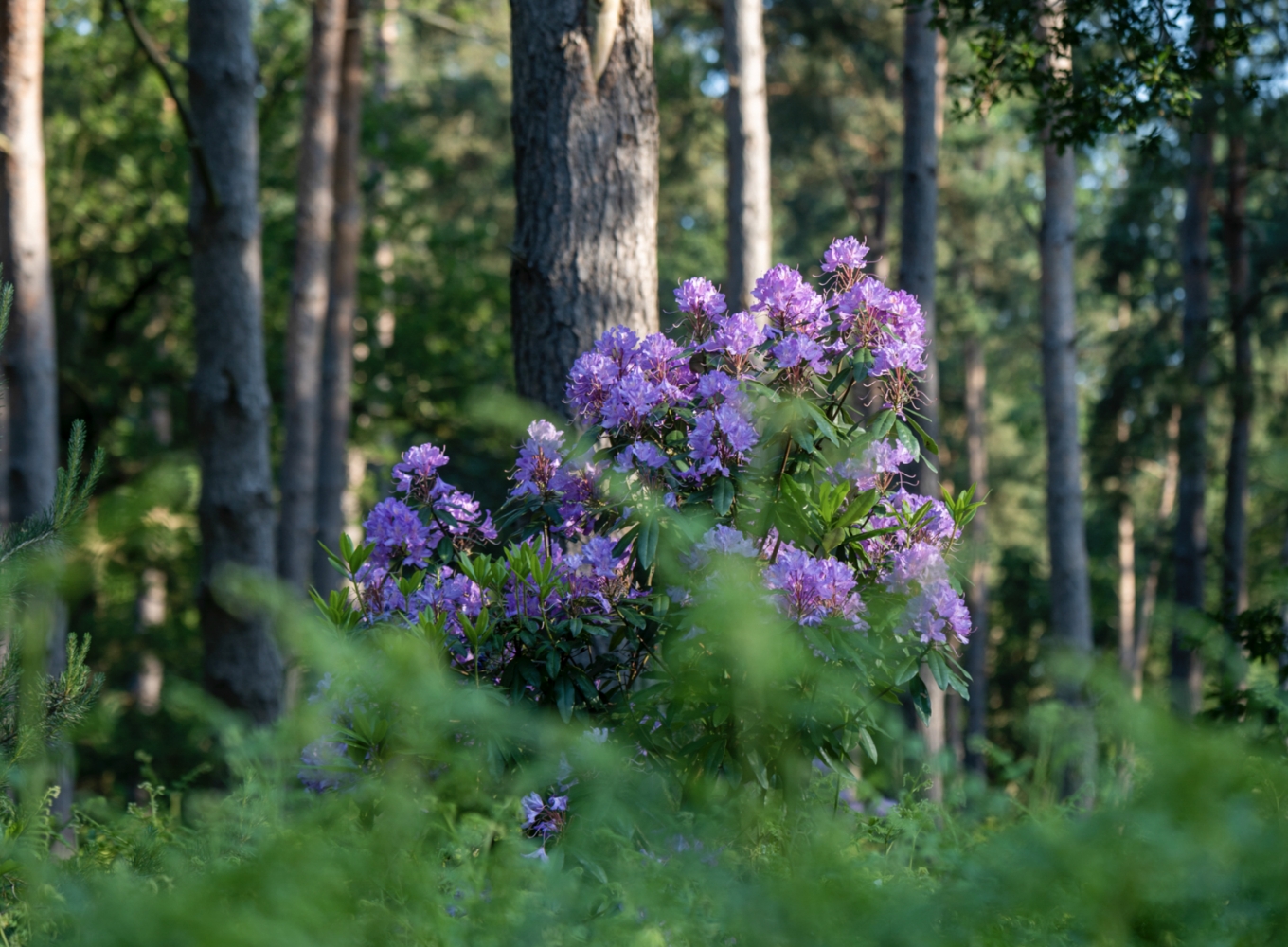
The whole team were really proud when our client achieved Ocean Blue Status for their event at Hatfield Park – the accreditation recognises an organisation’s sustainability achievements by taking meaningful action towards a healthier, more balanced future